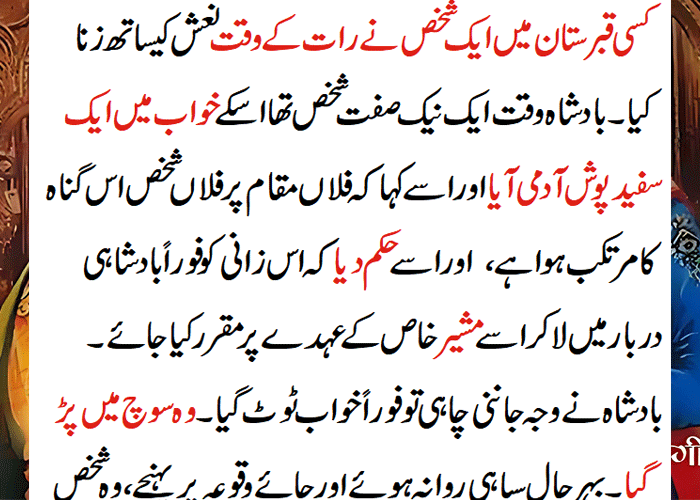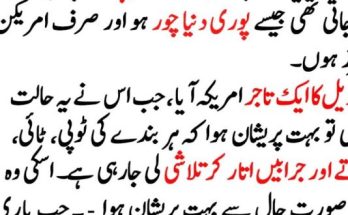Introduction
Varicose veins can be more than just a cosmetic concern; they can be a real pain in the leg and feet, affecting one’s quality of life. Understanding the intricacies of this condition is crucial for effective management and prevention.
What Are Varicose Veins?
Varicose veins are swollen, twisted veins that often appear blue or dark purple. These veins, usually in the legs and feet, occur when the valves in the veins malfunction, causing blood to pool. This can lead to discomfort, pain, and visible changes in the affected veins.
Genetic Predisposition
Exploring Family History
Genetic predisposition plays a significant role in the development of varicose veins. If your family has a history of this condition, you might be at a higher risk. Understanding this aspect can help individuals take proactive steps in managing their vein health.



Visible Signs of Varicose Veins
Beyond Aesthetics
Varicose veins present with more than just a cosmetic impact. Swelling, throbbing, and aching are common symptoms. Identifying these visible signs is crucial for early intervention.
Consulting a Healthcare Professional
Seeking Expert Advice
If you suspect varicose veins, consulting a healthcare professional is essential. Diagnosing the condition involves a physical examination and, in some cases, imaging tests like ultrasound. Early detection enables timely intervention and better outcomes.
Non-Surgical Approaches
Conservative Treatment Methods
Not all cases require surgery. Lifestyle changes, elevation of legs, and wearing compression stockings can help manage symptoms effectively. These non-invasive approaches are often the first line of defense.
Endovenous Laser Treatment
Precision in Treatment
For more severe cases, endovenous laser treatment (EVLT) is a minimally invasive option. This procedure uses laser energy to seal off problematic veins, redirecting blood flow to healthier vessels.
Lifestyle Changes for Varicose Vein Prevention
Taking Control
Preventing varicose veins involves adopting a healthy lifestyle. Regular exercise, maintaining a healthy weight, and avoiding prolonged periods of standing or sitting can significantly reduce the risk.
Alleviating Discomfort Naturally
Home Remedies That Work
Simple home remedies like applying cold compresses, practicing leg exercises, and elevating legs during rest can alleviate discomfort associated with varicose veins.
Benefits of Compression Garments
Supporting Vein Health
Wearing compression stockings provides external support to veins, reducing swelling and discomfort. These garments are especially beneficial for individuals who spend long hours on their feet.
Managing Varicose Veins During Pregnancy
Understanding the Strain
Pregnancy can exacerbate varicose veins due to increased pressure on the veins and hormonal changes. Implementing preventive measures and consulting with a healthcare provider is crucial during this time.
Breaking the Stereotype
Varicose Veins in Men
While commonly associated with women, varicose veins also affect men. Breaking the stereotype is essential for raising awareness and ensuring that individuals of all genders seek timely care.
Potential Health Risks
Addressing Complications
Varicose veins, if left untreated, can lead to more severe complications such as ulcers and blood clots. Understanding these risks emphasizes the importance of proactive management.
Staying Active to Prevent Varicose Veins
Incorporating Exercise Into Daily Life
Contrary to common misconceptions, regular exercise can help prevent varicose veins by improving blood circulation and strengthening the muscles that support veins.
Foods That Can Help
Nourishing Vein Health
A balanced diet rich in fiber, antioxidants, and vitamins can contribute to overall vein health. Including foods like berries, leafy greens, and citrus fruits can be beneficial.
Dispelling Common Misconceptions
Myths vs. Facts
Dispelling common misconceptions about varicose veins is essential. Understanding the facts can empower individuals to make informed decisions about their vein health.
Understanding Age-Related Factors
Varicose Veins Across the Lifespan
While varicose veins are more common with age, they can affect individuals of any age group. Understanding age-related factors helps in adopting preventive measures early on.
Personal Experiences
Varicose Veins: A Real Pain in The Leg and Feet
Sharing personal experiences with varicose veins sheds light on the day-to-day challenges individuals face. It fosters empathy and understanding among those navigating similar journeys.
Navigating Life with Varicose Veins
Impact on Daily Life
Varicose veins can impact daily activities. From discomfort during prolonged periods of standing to the emotional toll, acknowledging these challenges is the first step toward effective management.
Connecting with Others Going Through Similar Experiences
Building a Support Network
Seeking support from others experiencing varicose veins can provide a sense of community and valuable insights. Online forums and support groups offer a platform for sharing experiences and coping strategies.



